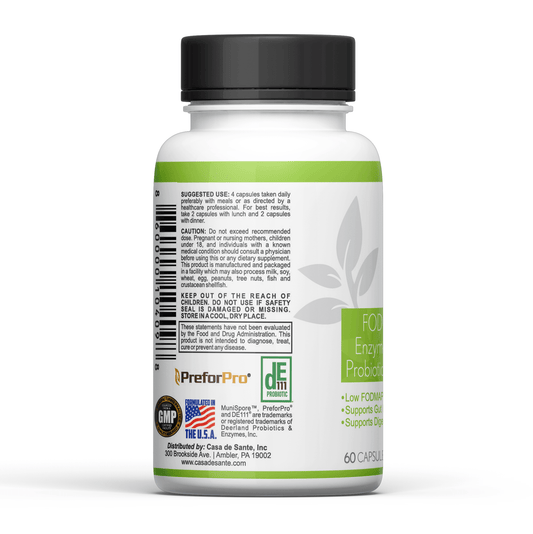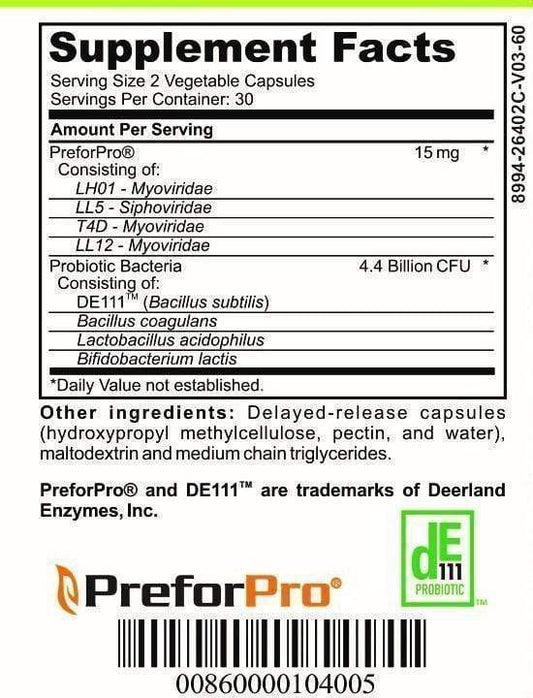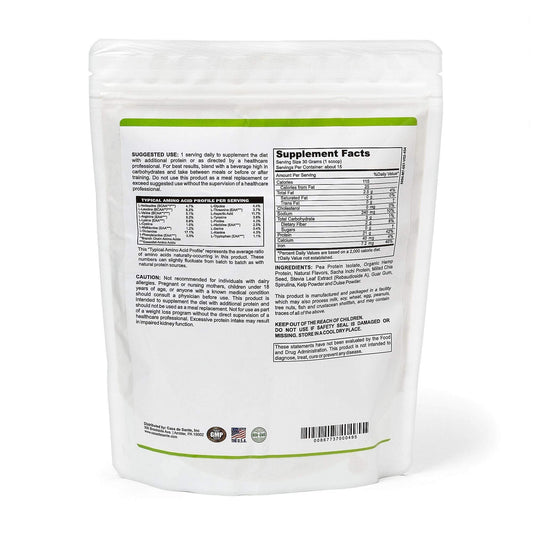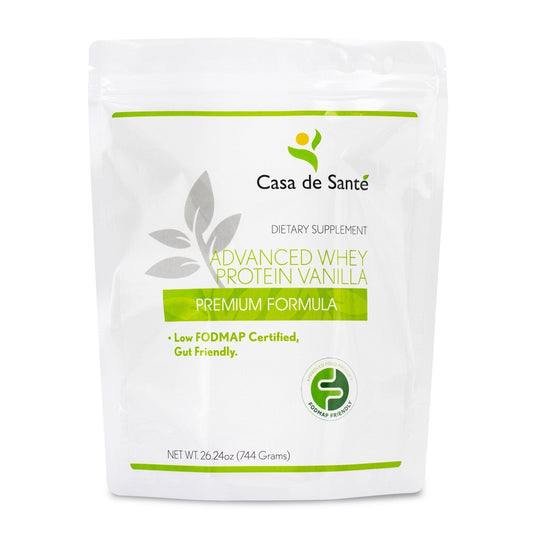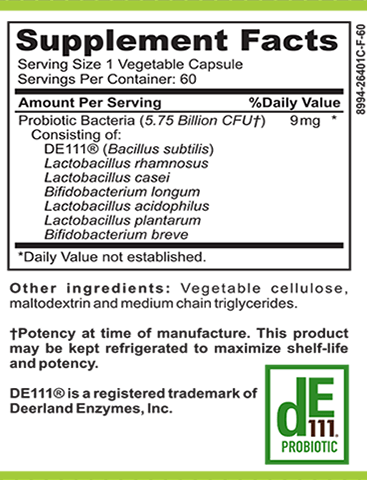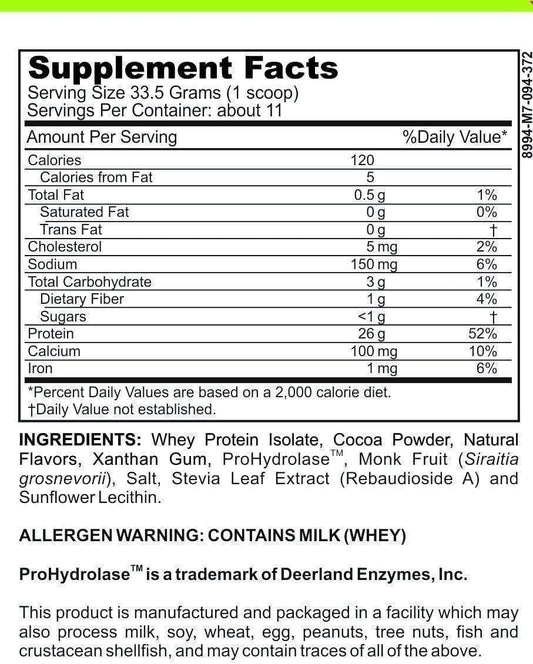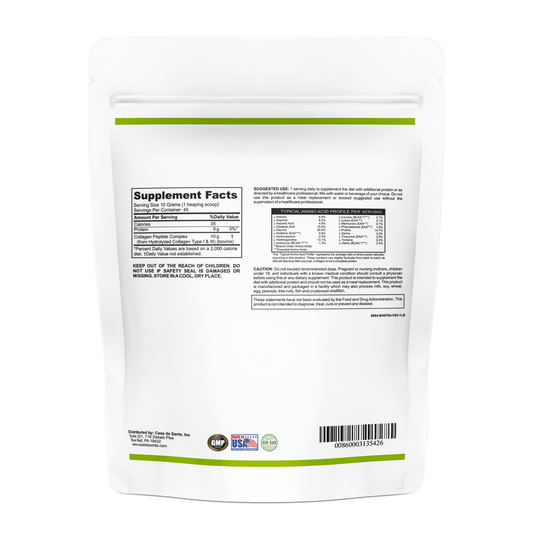Loow FODMAP Sweet Potato Casserole with Walnut Topping
If you're following a low FODMAP diet and craving a delicious and nutritious side dish, look no further than this Low FODMAP Sweet Potato Casserole with Walnut Topping. Packed with flavor and easy to make, this dish is sure to become a favorite at your table. In this article, we'll delve into the ins and outs of the low FODMAP diet, discuss the benefits it can offer, explore the key ingredients for this mouthwatering casserole, guide you through the preparation process, provide baking and serving tips, and share insights into storing and reheating your casserole leftovers.
Understanding the Low FODMAP Diet
The low FODMAP diet is a dietary approach designed to manage symptoms of irritable bowel syndrome (IBS). FODMAPs, which stands for fermentable oligosaccharides, disaccharides, monosaccharides, and polyols, are a group of carbohydrates that can be poorly absorbed in the small intestine and ferment in the colon, leading to digestive symptoms like gas, bloating, and diarrhea.
Following a low FODMAP diet involves eliminating or reducing foods that are high in FODMAPs for a specified period of time and then gradually reintroducing them to identify which FODMAPs trigger symptoms in individual cases.
The low FODMAP diet has gained significant attention in recent years as a potential solution for individuals suffering from IBS. It offers a structured approach to managing symptoms and provides a way to identify specific trigger foods that may be causing discomfort.
When following a low FODMAP diet, individuals are encouraged to work with a registered dietitian who specializes in gastrointestinal disorders. This ensures that the diet is properly implemented and tailored to the individual's needs.
What is a Low FODMAP Diet?
A low FODMAP diet is characterized by the avoidance of certain carbohydrates that are high in FODMAPs. These include lactose, fructose, galacto-oligosaccharides (GOS), fructans, and polyols.
High FODMAP foods that are typically eliminated or limited during this diet include certain fruits and vegetables (such as apples, pears, watermelon, onions, and garlic), dairy products, wheat, rye, and foods containing artificial sweeteners.
It's important to note that the low FODMAP diet is not a one-size-fits-all approach. Each individual may have different trigger foods and tolerances, so it's crucial to work with a healthcare professional to develop a personalized plan.
During the elimination phase of the low FODMAP diet, individuals may find themselves exploring new and alternative food options. This can lead to a greater appreciation for a wide variety of foods and flavors.
Benefits of a Low FODMAP Diet
Research has shown that following a low FODMAP diet can help alleviate symptoms of IBS, such as bloating, abdominal pain, and altered bowel movements. By identifying and avoiding trigger foods, individuals on the low FODMAP diet can experience significant symptom relief and improved quality of life.
Furthermore, the low FODMAP diet has been associated with improvements in mood and overall well-being. Many individuals report feeling more in control of their symptoms and empowered to make positive changes in their diet and lifestyle.
It's worth noting that the low FODMAP diet is not meant to be followed long-term, as it restricts certain nutrients and fiber-rich foods. It is typically utilized as a short-term elimination diet to identify individual trigger foods and establish a personalized dietary plan.
After the elimination phase, the reintroduction phase of the low FODMAP diet allows individuals to systematically reintroduce high FODMAP foods to determine their tolerance levels. This phase is crucial in creating a sustainable long-term diet that includes a wide range of foods while minimizing symptoms.
Overall, the low FODMAP diet offers a promising approach to managing IBS symptoms and improving quality of life for individuals affected by this condition. With proper guidance and support, individuals can find relief and regain control over their digestive health.
Ingredients for Sweet Potato Casserole
When it comes to making a mouthwatering low FODMAP sweet potato casserole with walnut topping, choosing the right ingredients is key. Here are the main components you'll need:
Choosing the Right Sweet Potatoes
For this casserole, opt for orange-fleshed sweet potatoes, also known as yams. These sweet potatoes have a creamy texture and lend a natural sweetness to the dish. Look for sweet potatoes that are firm, free from blemishes, and have a rich color.
Orange-fleshed sweet potatoes are not only delicious but also packed with nutrients. They are an excellent source of vitamin A, which is essential for maintaining healthy vision and a strong immune system. Additionally, they contain dietary fiber, which aids in digestion and helps keep you feeling full and satisfied.
When selecting sweet potatoes, consider their size as well. Smaller sweet potatoes tend to be sweeter and have a more intense flavor, while larger ones may have a milder taste. Choose the size that best suits your preference and the overall balance of flavors you want to achieve in your casserole.
The Role of Walnuts in the Topping
Walnuts add a delightful crunch and nutty flavor to the casserole. Not only do they make the topping irresistible, but they also provide healthy fats, vitamins, and minerals. Make sure to use fresh walnuts and chop them coarsely for the best texture.
Walnuts are a nutritional powerhouse. They are an excellent source of omega-3 fatty acids, which are essential for brain health and reducing inflammation in the body. These nuts are also rich in antioxidants, which help protect your cells from damage caused by harmful free radicals.
In addition to their nutritional benefits, walnuts add a beautiful aesthetic to the sweet potato casserole. Their light brown color contrasts with the vibrant orange of the sweet potatoes, creating an appealing visual presentation. The combination of flavors and textures from the creamy sweet potatoes and crunchy walnuts is sure to delight your taste buds.
Preparing the Sweet Potato Casserole
Making this low FODMAP sweet potato casserole is a breeze. Let's break it down:
Steps to Cook the Sweet Potatoes
Start by preheating your oven to 400°F (200°C). Wash the sweet potatoes thoroughly, poke a few holes in them with a fork, and place them on a baking sheet. Baking the sweet potatoes at this temperature allows them to cook evenly and develop a rich, caramelized flavor.
While the sweet potatoes are baking, you can take a moment to appreciate their vibrant orange color. This hue is not only visually appealing but also an indication of the high beta-carotene content, which is converted into vitamin A in our bodies.
After about 45-60 minutes, or when the sweet potatoes are soft and easily pierced with a knife, remove them from the oven. The aroma of the roasted sweet potatoes will fill your kitchen, creating a warm and inviting atmosphere.
Allow the sweet potatoes to cool for a few minutes. As they cool, the flesh will become even softer, making it easier to remove the skins. Peeling off the skins reveals the velvety smooth texture of the sweet potato flesh, which will contribute to the creamy consistency of the casserole.
Transfer the peeled sweet potato flesh to a mixing bowl. The vibrant orange color will stand out against the white bowl, adding a pop of visual appeal. The anticipation of the delicious casserole builds as you see the main ingredient coming together.
Now, it's time to mash the sweet potatoes. Using a potato masher or a fork, gently press down on the sweet potato flesh, breaking it apart and creating a smooth and creamy consistency. The act of mashing the sweet potatoes releases their natural sweetness, enhancing the overall flavor of the casserole.
Making the Walnut Topping
In a separate bowl, combine the chopped walnuts, gluten-free all-purpose flour, brown sugar, melted butter, and a pinch of salt. The combination of these ingredients creates a delightful crunch and adds a nutty, buttery flavor to the casserole.
As you mix the ingredients together, the aroma of the brown sugar and melted butter fills the air, creating a mouthwatering sensation. The walnuts, coated in the sweet and savory mixture, become the perfect complement to the creamy sweet potatoes.
If you want to take the walnut topping to the next level, consider adding a touch of cinnamon or nutmeg. These warm spices will add a subtle yet distinct layer of flavor, elevating the overall taste experience of the casserole.
With the sweet potatoes mashed and the walnut topping prepared, you're now ready to assemble the casserole. The combination of the creamy sweet potatoes and the crunchy, flavorful walnut topping will create a harmonious balance of textures and tastes that will delight your senses.
Baking and Serving the Casserole
Once you've prepared the sweet potato mash and the walnut topping, it's time to assemble, bake, and serve your delicious casserole:
Ideal Baking Temperature and Time
Preheat your oven to 375°F (190°C). Grease a baking dish with some butter or cooking spray. Spread the sweet potato mash evenly in the dish and sprinkle the walnut topping over it, covering the entire surface. Bake for approximately 25-30 minutes, or until the casserole is heated through and the topping is golden brown and crispy.
Let the casserole cool for a few minutes before serving to allow the flavors to meld together.
Serving Suggestions for the Casserole
This low FODMAP sweet potato casserole with walnut topping is a versatile dish that pairs well with a variety of main courses. Serve it as a delightful side dish alongside roasted chicken, grilled fish, or your favorite vegetarian protein option.
You can also enjoy it as a standalone meal by adding a fresh green salad or steamed vegetables on the side.
Storing and Reheating the Casserole
If you have any leftovers, here's what you need to know about storing and reheating them:
Best Practices for Storing Leftovers
Once the casserole has cooled completely, transfer any remaining portions to an airtight container. Store it in the refrigerator for up to three days. Make sure to label the container with the date to keep track of freshness.
If you're planning to freeze the casserole, tightly wrap it in aluminum foil or place it in a freezer-safe container. It can be stored in the freezer for up to three months.
How to Reheat Your Casserole Effectively
To reheat the casserole, preheat your oven to 350°F (175°C). Remove the casserole from the refrigerator or freezer and let it come to room temperature. If frozen, thaw it in the refrigerator overnight before reheating.
Place the casserole in the oven and bake for approximately 15-20 minutes, or until it is heated through. To ensure the topping stays crispy, you could cover the casserole with aluminum foil during the first half of the reheating process and then remove it for the remaining time.
Alternatively, you can reheat individual portions in the microwave on a microwave-safe plate. Heat them on high in 30-second intervals until they reach the desired temperature.
Enjoy your delicious low FODMAP sweet potato casserole with walnut topping!


